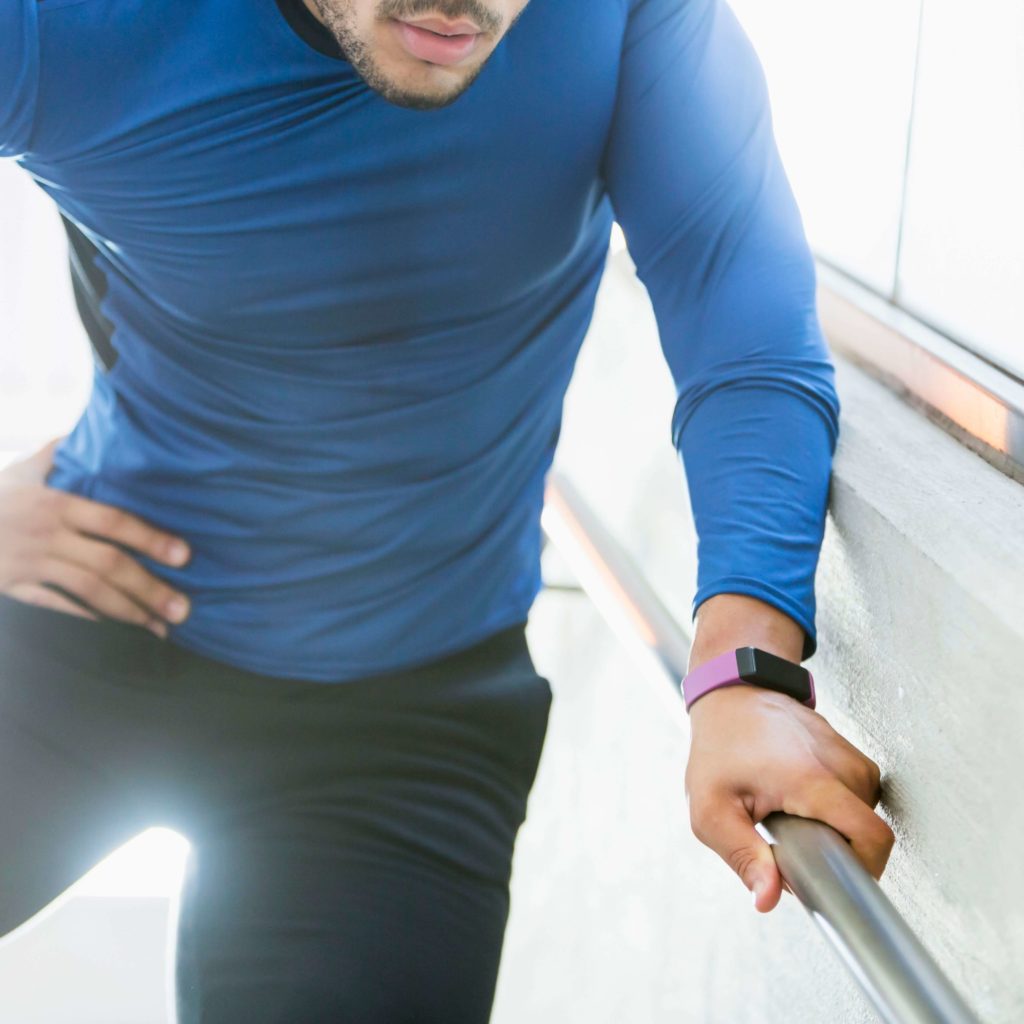It is normal to see a patient with a pain after total hip replacement. In the majority of cases, the pain results from mechanical impingement between the iliopsoas tendon and the anterior border of the acetabular cup. Discomfort or discomfort is awakened after active hip flexion or jerking of the leg.
So what should you do if you have psoas pain after a hip prosthesis? We take stock in this article.
A little reminder about the psoas
By definition, the psoas is a muscle found in the pelvic region. It connects the upper and lower body, respectively at the level of the spine (on the lumbar region) and the head of the femur. It is a hip flexor muscle.
When the psoas is retracted or excessively tense, it can cause severe tension in the lower back, groin or even the thigh. This happens especially when you lie on your back, stretch your leg, or exert yourself.
In order to cure and prevent this kind of condition, it is important to properly stretch the psoas and tone it. This can be done through simple yet practical movements prescribed by a healthcare professional. For more information on the subject, click here.
What about psoas pain after hip replacement? How to treat it?
In the majority of cases, the pain results from a mechanical impingement between the iliopsoas tendon and the anterior edge of the acetabular cup.
By what mechanisms does psoas tendonitis occur after hip prosthesis surgery?
Although the hip prosthesis aims to relieve pain, help patients regain their mobility and quality of life, it can sometimes cause mechanical stress on the psoas tendon.
In fact, tension develops between the tendon of this muscle and the prosthetic cup at its anterior edge. This occurs especially when there is an overhang of it forward and out of the bony acetabulum. This is particularly encountered in the context of a prosthesis not or poorly cemented at the level of the acetabulum and insufficient anteversion.
Due to this irritation of the tendon, the body will compensate with an inflammatory phenomenon. We then speak of psoas tendonitis.
In addition, other causes can also be at the origin of the inflammation, namely:
- overuse of the psoas caused by the initial post-surgical lameness;
- muscle imbalances and weaknesses after the placement of the hip prosthesis: these are due to lengthening or shortening of the limb;
- stiffness of the hip muscles (mainly the flexor and rotator) post-surgery.
Treatments
To treat psoas pain after a hip prosthesis, the doctor offers a whole series of treatments.
Medical treatment
Medical treatment is mainly based on corticosteroid injections. They are performed under scanner or ultrasound guidance.
This treatment is complicated, but if successful, the patient will experience significant pain relief. However, the duration of its effect remains limited (about 6 months).
In the presence of refractory pain, the medical team sometimes opts for surgical treatment.
Surgical treatment for psoas pain after hip replacement
Concerning surgical treatments, the doctor may have to choose between two types of operative treatments: tenotomy or change of prosthetic cup.
Tenotomy
Tenotomy is a surgical technique characterized by sectioning the psoas tendon. The goal is to lengthen the muscle in order to remove the tension. The intervention is generally carried out under endoscopy.
Changing the prosthetic cup
The doctor suggests changing the prosthetic cup when it is too big, badly positioned or sinks too far inside the pelvis.
Depending on the case, the surgeon can then replace the cup with a smaller one. He can also just remove the rim.
Therapeutic treatment for postoperative follow-up
To avoid any risk of complications, surgeons recommend limiting physical activity for 8 to 12 weeks following the operation. This concerns physical efforts such as going up and down stairs, walking uphill and exercises such as squats or weight training.
Following a hip operation, the patient has the obligation to recover gradually. To do this, the surgeon usually recommends undergoing physiotherapy (physiotherapy) sessions.
Rehabilitation sessions begin with simple gestures in a lying or sitting position. They continue with long-term exercises focused on muscle strengthening and stretching.


